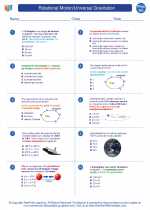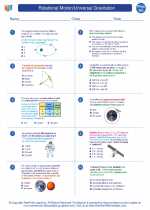Solar Energy
Solar energy is the radiant light and heat from the Sun that is harnessed using a range of ever-evolving technologies such as solar heating, photovoltaics, solar thermal energy, solar architecture, and artificial photosynthesis.
How Solar Energy Works
The most common way to harness solar energy is through the use of photovoltaic (PV) cells, which convert sunlight directly into electricity. When light hits the PV cell, it creates an electric current. This electricity can then be used to power electrical devices or stored in batteries for later use.
In addition to PV cells, solar energy can also be harnessed through solar thermal systems, which use sunlight to heat water or other fluids. This heated fluid can then be used for heating spaces, generating electricity through a turbine, or even for cooling through absorption refrigeration cycles.
Advantages of Solar Energy
- Renewable: Solar energy is a renewable resource, meaning it will never run out as long as the Sun continues to shine.
- Clean: Solar energy production does not generate air or water pollution, making it an environmentally friendly energy source.
- Low Operating Costs: Once the initial installation costs are covered, solar energy systems have very low operating costs.
- Low Maintenance: Solar energy systems generally require very little maintenance, reducing the overall cost of ownership.
Challenges of Solar Energy
- Intermittency: Solar energy is dependent on sunlight, so energy production is intermittent and may not be available at night or during cloudy weather.
- High Initial Costs: The initial investment for solar energy systems can be high, although costs have been decreasing in recent years.
- Energy Storage: Storing solar energy for use during periods of low sunlight can be a challenge, although advancements in battery technology are helping to address this issue.
Study Guide
To effectively study solar energy, students should focus on the following key areas:
- Understanding the principles of photovoltaic cells and how they convert sunlight into electricity.
- Exploring the different types of solar energy systems, such as PV systems and solar thermal systems, and their applications.
- Analyzing the environmental and economic advantages and challenges of solar energy compared to traditional energy sources.
- Investigating the latest advancements in solar energy technology and how they are impacting the future of energy production.
By mastering these concepts, students can gain a comprehensive understanding of solar energy and its role in the global energy landscape.
[Solar] Related Worksheets and Study Guides:
.◂Physics Worksheets and Study Guides High School. Rotational Motion/Universal Gravitation

 Worksheet/Answer key
Worksheet/Answer key
 Worksheet/Answer key
Worksheet/Answer key
